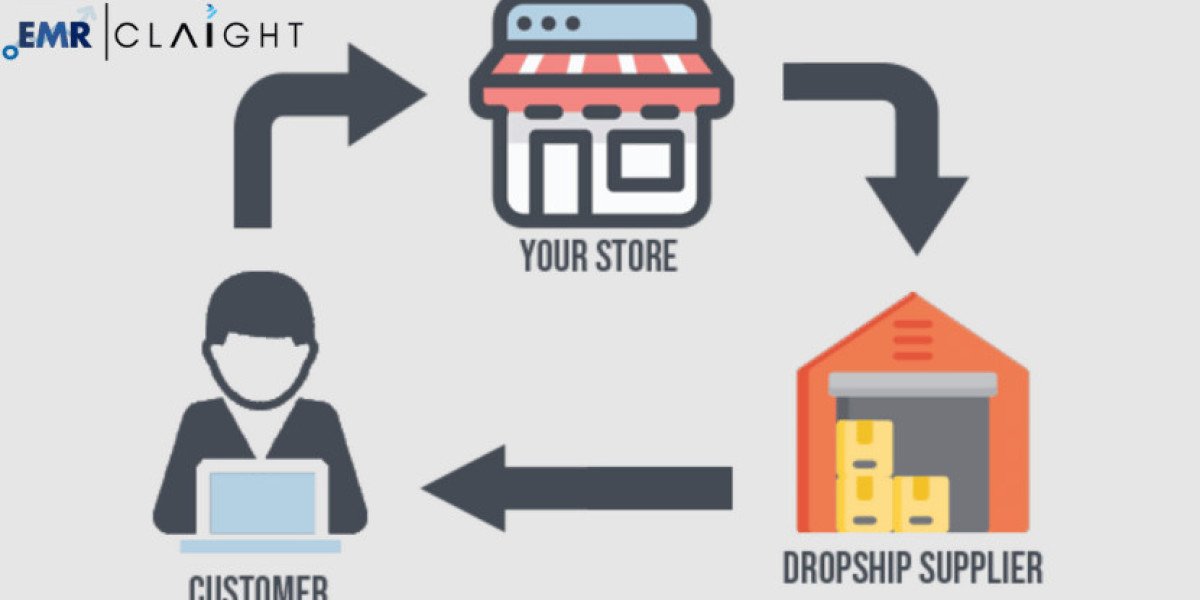Dropshipping Market: An In-Depth Overview
The dropshipping market has transformed the way businesses approach retail and e-commerce. Unlike traditional models that require inventory management, warehousing, and upfront investments in stock, dropshipping allows entrepreneurs to sell products without physically handling them. This innovative model enables sellers to focus primarily on marketing, customer engagement, and brand growth, while third-party suppliers handle product storage, packaging, and direct shipping to customers.
Market Dynamics
1. Rising Popularity of E-commerce
The growth of e-commerce platforms worldwide has been the biggest driver for dropshipping. As consumers increasingly prefer online shopping for convenience, variety, and global access, dropshipping offers a low-risk entry point for businesses to meet this demand.
2. Low Entry Barriers
Dropshipping reduces the costs associated with inventory, making it attractive to startups, small businesses, and independent entrepreneurs. Anyone with a digital storefront can begin operations with minimal capital, democratizing access to the retail market.
3. Technology and Automation
Technological advancements have played a pivotal role in shaping the dropshipping ecosystem. Tools like AI-driven analytics, inventory management systems, and automated order fulfillment have streamlined operations, reducing manual effort and increasing scalability.
4. Product Diversification
Dropshipping allows businesses to sell a wide range of products without the burden of warehousing. This flexibility not only helps entrepreneurs test niche markets but also supports quick adaptation to changing consumer trends.
Key Trends
Niche Focus: Instead of generic products, many dropshippers are focusing on specific categories such as eco-friendly items, fashion accessories, or fitness products to build brand loyalty.
Direct-to-Consumer Branding: Sellers are investing more in brand building, ensuring packaging, customer service, and marketing strategies align with consumer expectations.
Integration with Social Media: Platforms like Instagram, TikTok, and Facebook are increasingly used for product promotion and direct sales, making social commerce a vital channel for dropshipping.
Sustainability: With growing consumer awareness around sustainability, dropshipping businesses are emphasizing environmentally friendly products and ethical suppliers.
Challenges
Intense Competition: Low entry barriers mean the market is saturated with sellers, often leading to price wars and thin margins.
Supply Chain Risks: Since sellers rely on third-party suppliers, they face challenges like inconsistent product quality, shipping delays, or lack of transparency.
Customer Trust: Building and maintaining consumer trust can be difficult in dropshipping, especially when delivery times are long or product quality is inconsistent.
Regulatory Concerns: Cross-border trade brings complexities in taxation, customs regulations, and compliance with international laws.
The dropshipping market is expected to keep evolving with advancements in e-commerce technology, stronger supplier networks, and increasing consumer demand for diverse, customized products. Emerging technologies such as AI-powered personalization, blockchain for supply chain transparency, and augmented reality shopping experiences will further shape its growth trajectory. Businesses that focus on niche markets, quality assurance, and customer-centric strategies are likely to succeed in this competitive landscape.








